Lactarius fulvissimus Romagn. - Tawny Milkcap
Phylum: Basidiomycota - Class: Agaricomycetes - Order: Russulales - Family: Russulaceae
Distribution - Taxonomic History - Etymology - Identification - Culinary Notes - Reference Sources
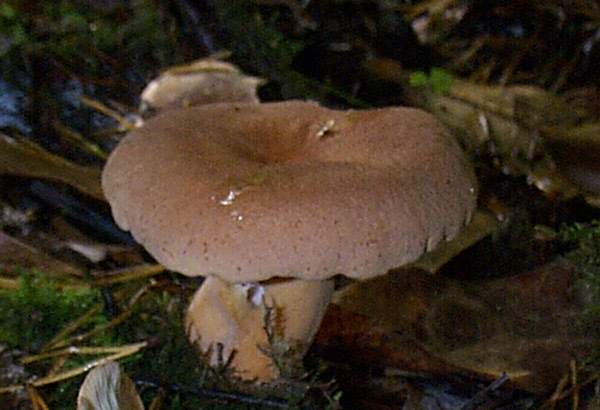
This medium-sized milkcap has been the subject of much controversy. Some authorities separate out Lactarius britannicus D. A. Reid (which in colour is usually somewhat darker) on the basis of structural differences in the cap cuticle and fewer zebra stripes in spore ornamentation. Others treat Lactarius britannicus as a synonym of Lactarius fulvissimus. As of February 2015 the Fungal Records Database for Britain and Ireland takes the latter position, and so on First Nature the two are treated as synonymous and covered by this page.
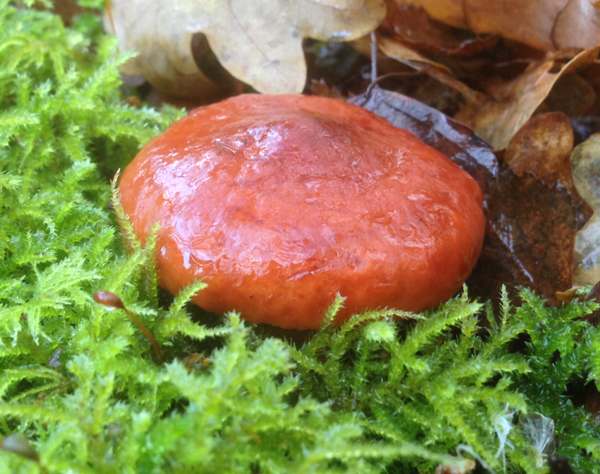
Distribution
Widespread and fairly common in broadleaf woodlands throughout Britain and Ireland, where it usually fruits in groups, this lovely milkcap mushroom is found throughout Europe, from Scandinavia right down to the Mediterranean.
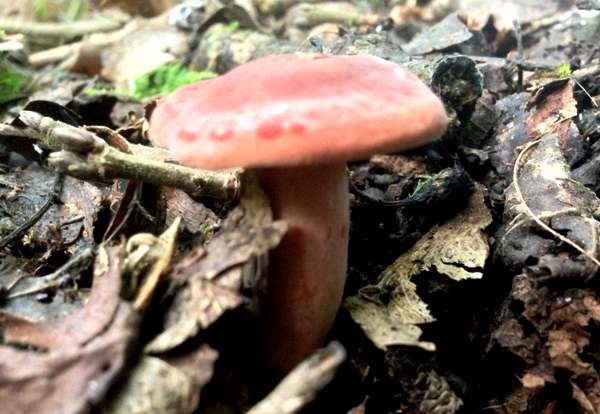
Taxonomic history
This species was described in 1954 by French mycologist Henri Charles Louis Romagnesi (1912 - 1999), who named it Lactarius fulvissimus.
Synonyms of Lactarius fulvissimus include Lactarius subsericatus Kühner & Romagn. ex Bon. This milkcap has also been described under the following binomials: Lactarius cremor, Lactarius decipiens, and Lactarius ichoratus.
Lactarius britannicus D.A. Reid is treated by many authorities as synonymous with Lactarius fulvissimus - please see the opening paragraph of this page.
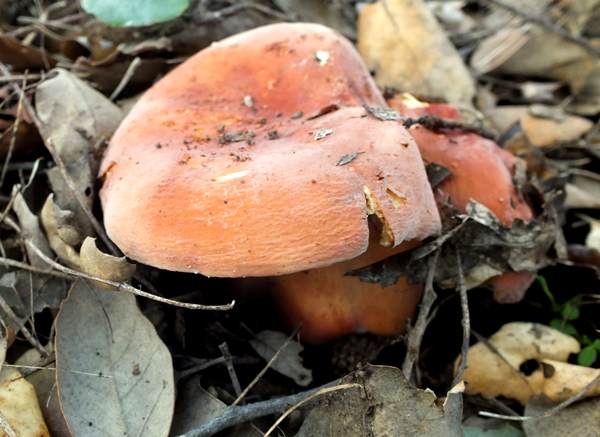
Etymology
The generic name Lactarius means producing milk (lactating) - a reference to the milky latex that is exuded from the gills of milkcap fungi when they are cut or torn. The specific epithet fulvissimus means strongly reddish-brown (very fulvous!).
Identification guide
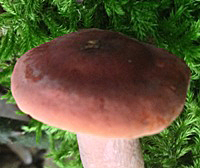 |
CapInitially convex, expanding and eventually developing a central depression; 3 to 7cm in diameter; surface dry or only slightly greasy, smooth to finely matt, becoming roughened towards the centre when fully mature; pinkish brick red at first, developing a yellowish tinge and becoming apricot. |
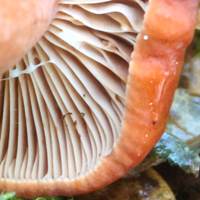 |
GillsPale pinkish-buff; adnate (sometimes with a slight tooth near the attachment point) or slightly decurrent; moderately crowded, some being forked; when cut releasing a whitish watery latex that is unchanging. StemDry, smooth, pinkish buff to brownish orange, often paler towards apex; cylindrical or slightly fusiform; 3 to 6cm long, 0.9 to 1.6cm in diameter; sometimes developing a cavity when old. Stem flesh yellowish buff, firm and brittle. |
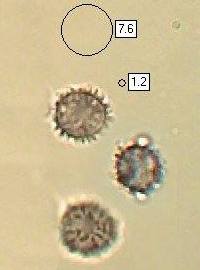 |
SporesSubglobose, 6-9 x 5.5-7.5µm; ornamented with pointed warts up to 1.2µm in height and some narrow ridges, a few of which are connected to form an incomplete network of ridges. Spore printCreamy-buff with a pinkish tinge. |
Odour/taste |
Unpleasant spicy odour; initially tasting mild then becoming slightly acrid. |
Habitat & Ecological role |
Mycorrhizal, in broadleaf woodland, often under oaks, limes, hornbeams or beeches on base-rich soil. |
Season |
August to November in Britain and Ireland. |
Similar species |
Lactarius quietus is of similar size and also occurs under oaks. |
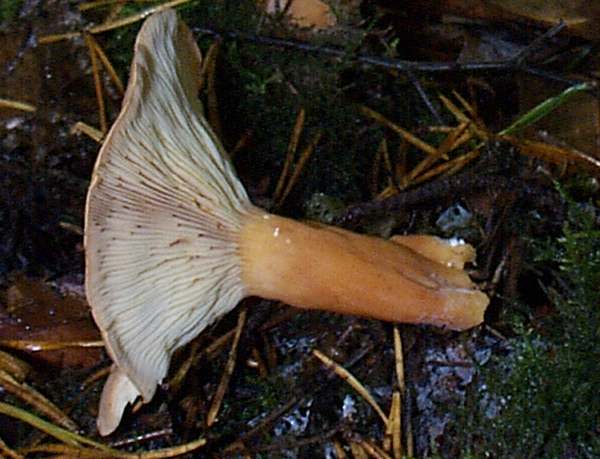
Culinary Notes
Despite its attractive appearance, the Tawny Milkcap is reported to be inedible.
Reference Sources
Funga Nordica, Henning Knudsen and Jan Vesterholt, 2008.
Fungi of Switzerland, volume 6: Russulaceae, Kränzlin, F.
BMS List of English Names for Fungi.
Dictionary of the Fungi; Paul M. Kirk, Paul F. Cannon, David W. Minter and J. A. Stalpers; CABI, 2008
Taxonomic history and synonym information on these pages is drawn from many sources but in particular from the British Mycological Society's GB Checklist of Fungi.
Acknowledgements
This page includes pictures kindly contributed by Simon Harding and Richard Shotbolt.
Fascinated by Fungi. Back by popular demand, Pat O'Reilly's best-selling 450-page hardback book is available now. The latest second edition was republished with a sparkling new cover design in September 2022 by Coch-y-Bonddu Books. Full details and copies are available from the publisher's online bookshop...

